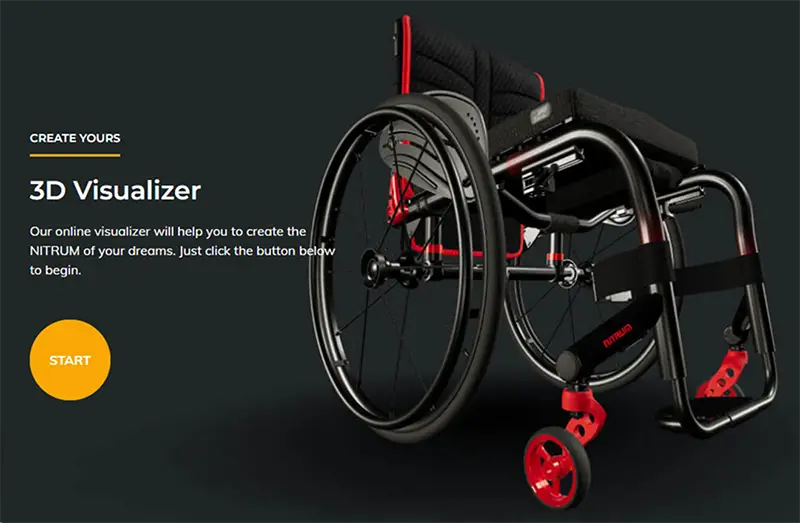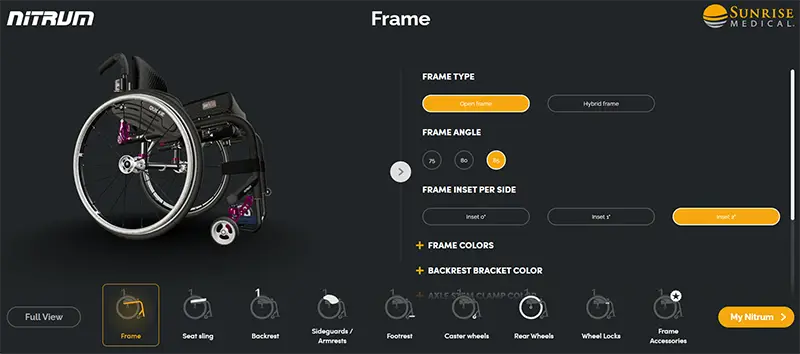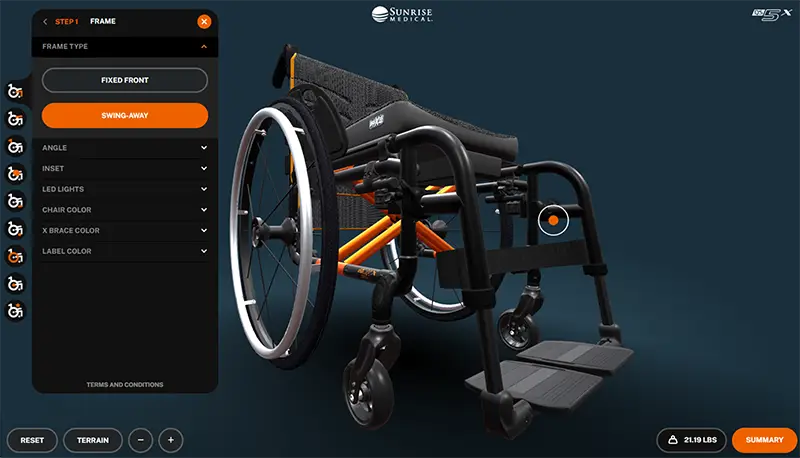For the rider, a wheelchair evaluation is often a long-awaited appointment required to obtain an essential and medically necessary means of mobility. Whether the rider is newly injured or their current wheelchair is in disrepair, the wheelchair evaluation is their opportunity to discuss their mobility needs, ask questions regarding new innovations, and express what it is they want their equipment to do.
Simultaneously, the clinician (whether it be a PT or OT) must complete a comprehensive assessment to obtain the client-specific information required to determine what equipment the client needs to address posture/positioning and functional goals. The therapist can then provide clinical justification as part of a written letter of medical necessity (LMN) required for insurance approval.
The process for providing complex rehabilitation technologies is just that: complex. Nevertheless, the client and clinician are often required to complete the process within a two-hour time frame with few exceptions. While we can all agree that in a perfect world the rider would be able to trial each product and individual components, the reality is that there are often time constraints and the availability of chairs for demonstrations is limited.
Not every clinic is fortunate enough to have storage to keep wheelchairs in varying sizes for clients to trial or display all of the products available. Often, clinicians are reliant on manufacturer-produced brochures and/or digital resources to provide riders with a visual representation of the equipment and components available.
Recognizing the importance of providing each rider with knowledge of all the options available to them, the team at Sunrise Medical has created visualizers for both the QUICKIE QS5 X and Nitrum manual wheelchairs.

These visualizers are intended to serve as a dual resource for both clinicians and riders to have a graphic representation of each wheelchair and how it will look in its final configuration. The tool can be accessed via a smartphone or computer and allows the rider to design their desired wheelchair, including frame type, angle, inset, color, and graphics. In addition, the tool provides the clinician with visuals of components such as the seat sling, backrest, push handles, side guards, armrests, footrests, caster wheels, caster forks, rear wheels, handrims, wheel locks, and frame accessories.


To prepare for an upcoming evaluation, visit the QUICKIE QS5 X and Nitrum visualizers to make your next wheelchair evaluation more effective and efficient.
Sarah Leonard PT, DPT, ATP specializes in neuro rehab with experience in spinal cord injury and brain injury rehabilitation. As a PT, Sarah has trained under industry-leading professionals who fostered her love for complex rehabilitation technology. As an ATP, Sarah has experience working for a national complex rehabilitation technology supplier. Additionally, Sarah presently serves as the assistant coach for the United States Wheelchair Rugby Association Low Point Team and has been an active participant in adaptive sports and recreation throughout her career.